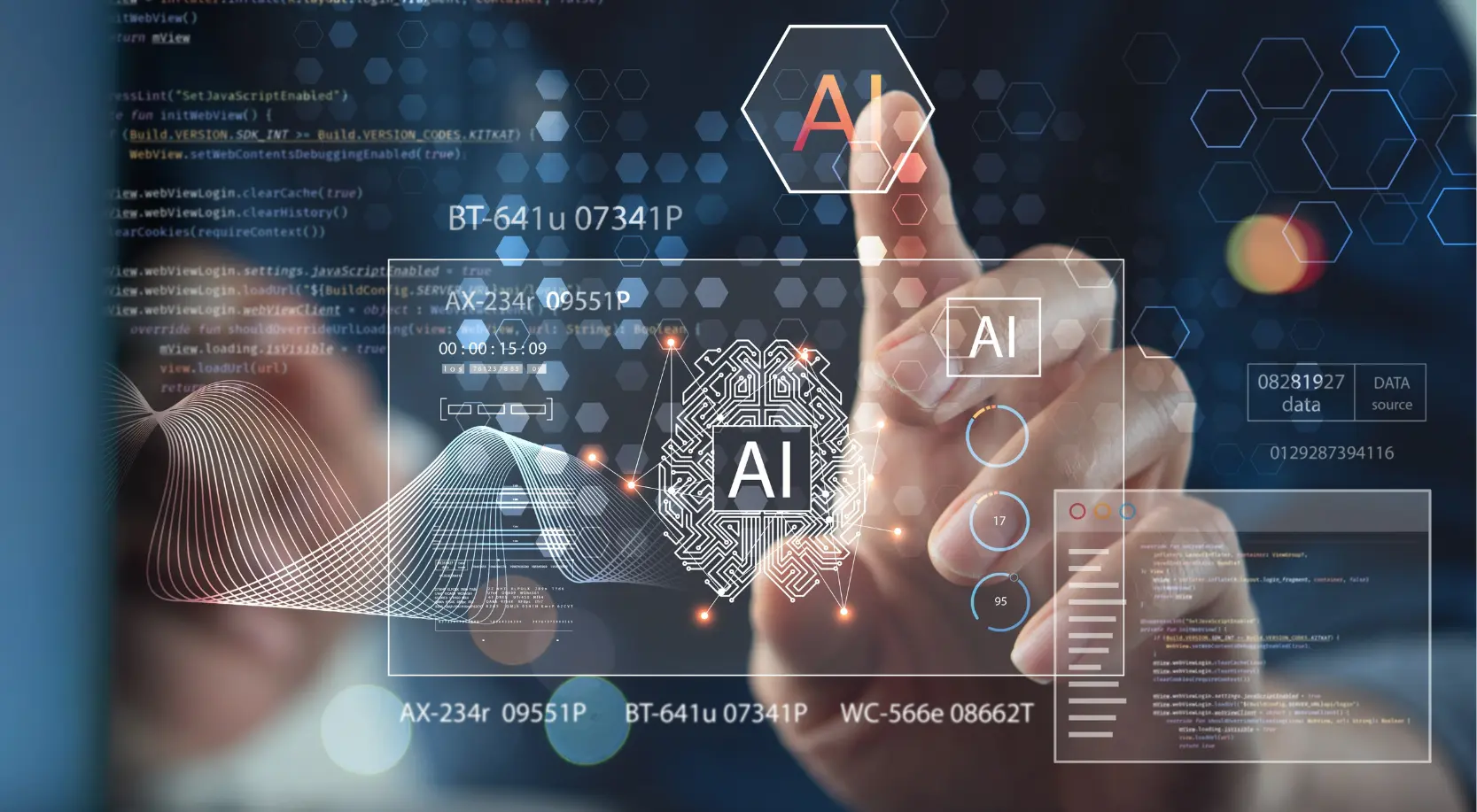
Bridging Legacy Discipline with Modern Intelligence
For years, Feature-Driven Development (FDD) has provided agile teams with a disciplined, model-driven approach to transforming business requirements into working software.
However, as software delivery accelerates with AI, FDD alone does not provide the speed, traceability, or contextual intelligence organizations now require.
Intent-Based Application Development (IBD) builds on FDD’s strengths and adds AI co-creation, explainability, and clear business alignment.
IBD can be considered as an evolution of “Feature-Driven Development 2.0 — powered by intent and intelligence.”
The Core Premise
Intent-Based Application Development shifts FDD’s focus from defining ‘what’ to addressing ‘why’ and ‘how.’ It begins with human intent and a defined outcome, allowing AI systems and collaborative agents to translate that intent into executable, traceable software artifacts.
How We’re Moving Beyond Features to Focus on What Really Matters
| Aspect | Feature-Driven Development (FDD) | Intent-Based Application Development (IBD) |
| Starting point | Features derived from domain models | Natural-language intents or user stories define goals |
| Design driver | Up-front feature design and modeling | AI interprets intents and proposes features and changes |
| Traceability | Manual mapping from feature → code/tests | Built-in trace from intent → feature → code → tests → deploy |
| Feedback loop | User feedback is mainly after release | Continuous validation via AI-generated tests, previews, and telemetry (pre- and post-release) |
| Source of truth | Requirements docs and feature list | Intent log with linked artifacts (design, code, tests, runs) |
| Planning cadence | Iterations driven by feature backlog | Iterations driven by evolving intents and rapid drafts |
| Handoffs | Multiple handoffs across roles | Fewer handoffs; AI creates first drafts for review/approval |
| Speed to first value | Slower to the first working slice | Faster first draft/prototype from an intent |
| Risk & quality | Quality depends on manual reviews. | Policy-guided AI, guardrails, and auto-tests reduce regressions (still needs human oversight) |
| Best fit | Stable domains with clear specs | Dynamic needs, fast cycles, and high experiment velocity |
How Intent-Based Application Development Builds on Feature-Driven Development
1. AI as the Co-Developer
The “feature designer” role in FDD is evolving. In Intent Based Application Development, AI agents serve as intelligent collaborators that:
- Translate intent into design blueprints and code scaffolds
- Generate test cases and pipelines
- Keep human developers focused on creativity and validation
The result is accelerated business value, not just faster coding.
2. Traceability by Design
In traditional agile models, business goals often get lost between Jira tickets, commits, and test cases.
IBD solves this by embedding intent metadata across the lifecycle — connecting:
*Requirements* → *Features* → *Commits* → *Deployments*
This ensures every line of code has a “why” behind it — a direct thread to business impact.
3. Explainability and Transparency
In an AI-augmented workflow, explainability becomes a design principle.
- Each generated artifact carries traceable intent lineage.
- Every automation is explainable — from pipeline triggers to code changes.
- Stakeholders can *see* how business goals translate into system behavior.
It’s development that’s not only fast but also auditable and accountable.
4. Integrated Business Value
FDD always aimed to align development with business value — Intent Based Application Development makes that alignment intrinsic.
By starting with *why* and letting AI operationalize the *how*, the entire pipeline stays value-aware, ensuring:
- Features deliver measurable outcomes
- Data from production informs future intents
- Business and tech finally speak the same language
A New Symbiosis: FDD + IBD
Rather than replacing FDD, Intent Based Application Development completes it.
FDD provides *structure*, IBD provides the *intelligence. *
Together, they form an intent-driven feature model, where:
- Business intent becomes the atomic unit of planning.
- AI decomposes it into actionable features.
- DevOps pipelines ensure traceable, transparent realization.
- Continuous feedback loops refine both code and intent.
Intent-based feature development represents the next logical progression in modern engineering.
The Future: Advancing from Intent to Impact
The software industry is shifting from a focus on requirements and features to prioritizing intent and value.
Intent-Based Application Development enables us to:
- Focus development on what matters most
- Automate routine tasks
- Clearly communicate deliverables
- Track value throughout the process
This represents a shift from viewing development as a craft to seeing it as a living system that is adaptive, intelligent, and purpose-driven.
Closing Thought
- Feature-Driven Development built efficiency.
- Intent-Based Application Development builds intelligence.
Together, they represent the future of software engineering — where business value isn’t an afterthought, it’s the design principle.





